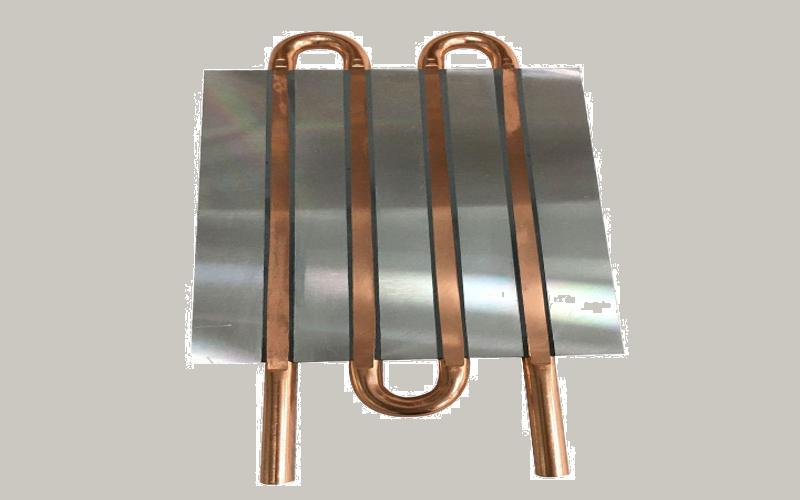The Production process of Liquid Cold Plate: A Comprehensive Guide
When it comes to efficient cooling in various industries, liquid cold plates have become a popular choice. These innovative devices are widely used in applications such as power electronics, electric vehicles, and high-performance computing. But have you ever wondered how liquid cold plates are produced? In this article, we will take a closer look at the production process of liquid cold plates, exploring various aspects of their manufacturing. So, let's dive in!
1. Understanding Liquid Cold Plates
Before delving into the production process, it is crucial to have a clear understanding of what liquid cold plates are. Liquid cold plates are heat transfer devices that utilize liquid coolant to dissipate heat from electronic components or other heat-generating sources. These plates typically consist of a base material, channels or microchannels for coolant flow, and inlet/outlet ports for connecting to the cooling system.
2. Material Selection
The production process of liquid cold plates begins with material selection. The base material plays a vital role in determining the overall performance and reliability of the cold plate. Commonly used materials include copper and aluminum, with copper being the preferred choice due to its excellent thermal conductivity. The material selection also takes into account factors like cost, weight, and corrosion resistance.
3. Design and Engineering
Once the material is chosen, the next step is designing the liquid cold plate. This involves careful consideration of factors such as the heat load, flow rate, pressure drop, and overall dimensions. Engineers utilize computer-aided design (CAD) software to create detailed 3D models, ensuring optimal performance and compatibility with the application.
4. Manufacturing Process of Liquid Cold Plate
The manufacturing process of liquid cold plates involves several steps, including machining, bonding, and sealing. The base material is first machined to create the desired shape and features, such as channels or microchannels. Precision machining techniques like CNC milling and drilling are commonly employed to achieve accurate dimensions and smooth surfaces.
5. Channel Formation
One of the critical aspects of liquid cold plate production is the formation of channels or microchannels. These channels provide a pathway for the coolant to flow through, facilitating the heat transfer process. Various methods can be used to create these channels, such as chemical etching, laser cutting, or micro-milling. The choice of method depends on factors like channel geometry, material, and production volume.
6. Bonding and Sealing
After the channels are formed, the next step is bonding and sealing the liquid cold plate. This is done to ensure a watertight and reliable seal between the base material and any additional components, such as cover plates or manifold blocks. Bonding techniques like brazing or soldering are commonly employed, providing a strong and durable joint.
7. Surface Treatment
Surface treatment is an essential part of the production process as it improves the performance and longevity of liquid cold plates. The base material is often subjected to surface treatments like passivation or anodization to enhance corrosion resistance and promote better heat transfer. These surface treatments also provide a protective layer, preventing the formation of unwanted deposits or contaminants.
8. Quality Control
Ensuring the quality and reliability of liquid cold plates is of utmost importance. Manufacturers implement stringent quality control measures throughout the production process. This includes various inspections and tests to check for dimensional accuracy, channel integrity, bond strength, and overall performance. Only after passing these quality checks, the liquid cold plates are deemed ready for use.
9. Application-Specific Modifications
While the production process described above provides a general overview, it is important to note that liquid cold plates can be customized to meet specific application requirements. Manufacturers often work closely with customers to incorporate modifications such as unique channel designs, specialized coatings, or integration of additional features to cater to the specific cooling needs of different industries.
10. Advancements in Liquid Cold Plate Production
The production process of liquid cold plates continues to evolve with advancements in technology and manufacturing techniques. Innovations such as additive manufacturing (3D printing) are being explored to create complex channel designs with improved efficiency. Furthermore, research is ongoing to develop novel materials with enhanced thermal conductivity and corrosion resistance, further optimizing the performance of liquid cold plates.

